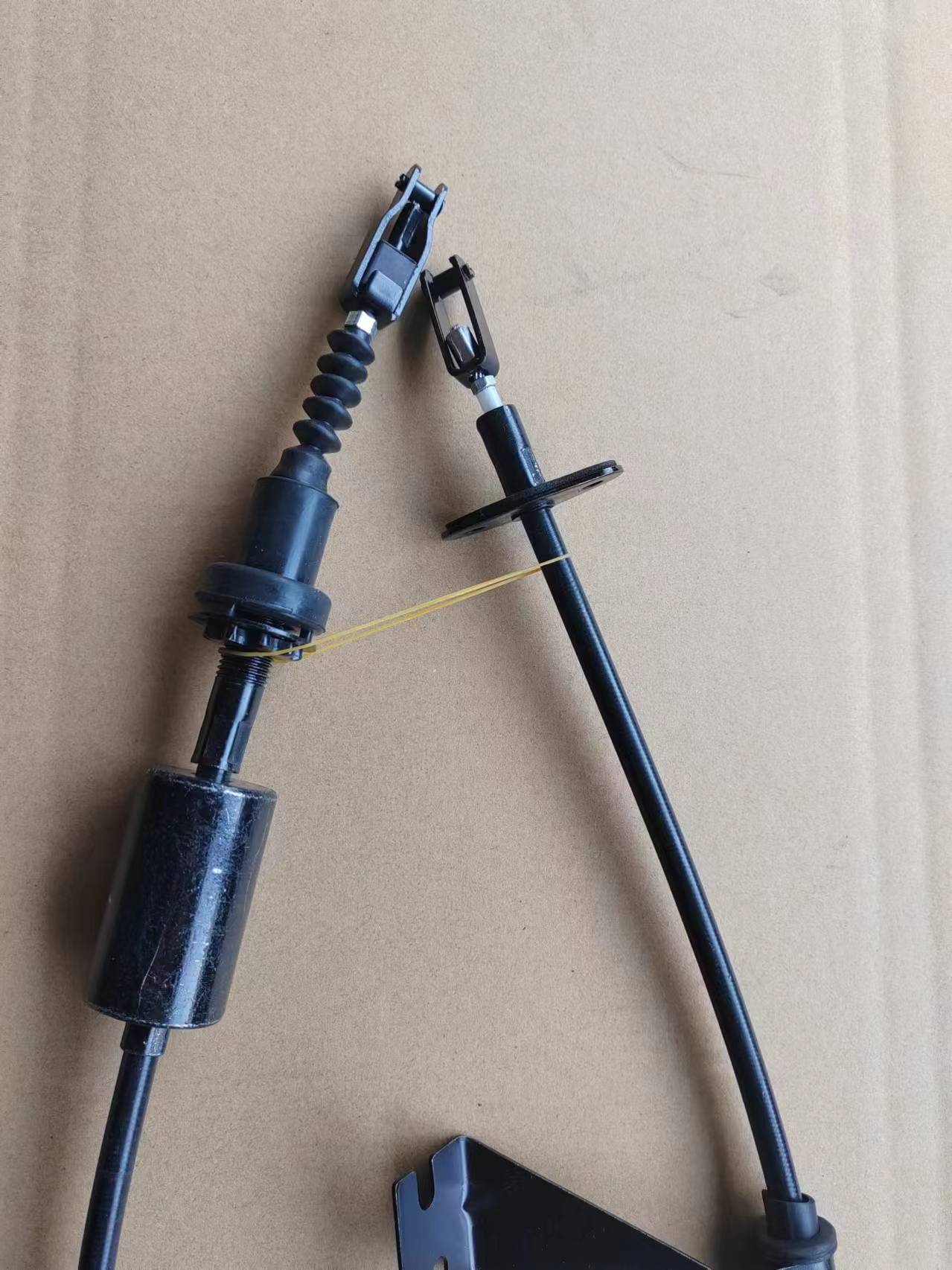Tips for Correctly Adjusting Your Throttle Cable for Optimal Performance
Adjusting the Throttle Cable A Guide to Optimal Performance
The throttle cable is a critical component in many vehicles, linking the accelerator pedal to the engine's throttle mechanism. Its proper adjustment is essential for optimal engine response, fuel efficiency, and overall driving experience. A poorly adjusted throttle cable can lead to various issues, including sluggish acceleration, excessive fuel consumption, or even engine stalling. This article will guide you through the basics of adjusting the throttle cable, ensuring your vehicle operates at its best.
Understanding the Throttle Cable
Before diving into the adjustment process, it’s important to understand how the throttle cable functions. When you press the accelerator pedal, the cable pulls on the throttle plate, allowing more air to enter the engine. This increased airflow, combined with fuel, generates the power needed to propel your vehicle. Any slack or tightness in the cable can cause a delayed or overly aggressive response from the engine.
Signs of an Incorrectly Adjusted Throttle Cable
Several warning signs indicate that your throttle cable may need adjustment. If you experience delayed acceleration when pressing the pedal, or if the engine revs too high with minimal input, it’s time to take action. Additionally, if the vehicle stalls unexpectedly or struggles to maintain speed, these can also be signs of an improperly adjusted cable.
Steps to Adjust the Throttle Cable
Adjusting the throttle cable is generally a straightforward process that can be accomplished with some basic tools
. Here’s how to do itadjusting throttle cable

1. Park Safely Ensure your vehicle is parked on a level surface and the engine is off. Engage the parking brake for extra safety.
2. Locate the Throttle Cable Open the hood and find the throttle cable. It typically runs from the accelerator pedal to the throttle body on the engine.
3. Check Cable Play Before making any adjustments, check for excessive slack in the cable. There should be a small amount of play. You can usually test this by moving the accelerator pedal gently and observing the cable’s response.
4. Adjust the Cable Most throttle cables have an adjustment nut or screw that can be turned. If there is too much slack, tighten the adjustment to remove excess play. Conversely, if the cable is too tight, loosen it slightly. Ensure the cable allows for full throttle movement without binding.
5. Test the Adjustment After making the adjustment, press the accelerator pedal to ensure it feels responsive and returns smoothly. Check the throttle plate operation at the engine end to guarantee it opens and closes fully.
6. Final Inspection Once you're satisfied with the adjustment, double-check all connections and ensure everything is secured properly. Close the hood and take the vehicle for a test drive to evaluate performance.
Conclusion
Adjusting the throttle cable is a simple yet important task that can significantly enhance your vehicle's performance. Regular checks and adjustments can lead to improved acceleration, better fuel economy, and a more enjoyable drive. Remember, if you're ever uncertain or uncomfortable about making these adjustments yourself, don't hesitate to consult a professional mechanic. Proper maintenance will ensure your vehicle runs smoothly for years to come.
-
Upgrade Your Vehicle with High-Quality Handbrake CablesNewsNov.01,2024
-
Optimize Your Bike's Performance with Quality CablesNewsNov.01,2024
-
Enhance Your Vehicle's Performance with Quality Clutch ComponentsNewsNov.01,2024
-
Elevate Your Vehicle's Performance with Quality Throttle CablesNewsNov.01,2024
-
Elevate Your Vehicle's Performance with Quality CablesNewsNov.01,2024
-
Affordable Solutions for Your Cable NeedsNewsNov.01,2024
